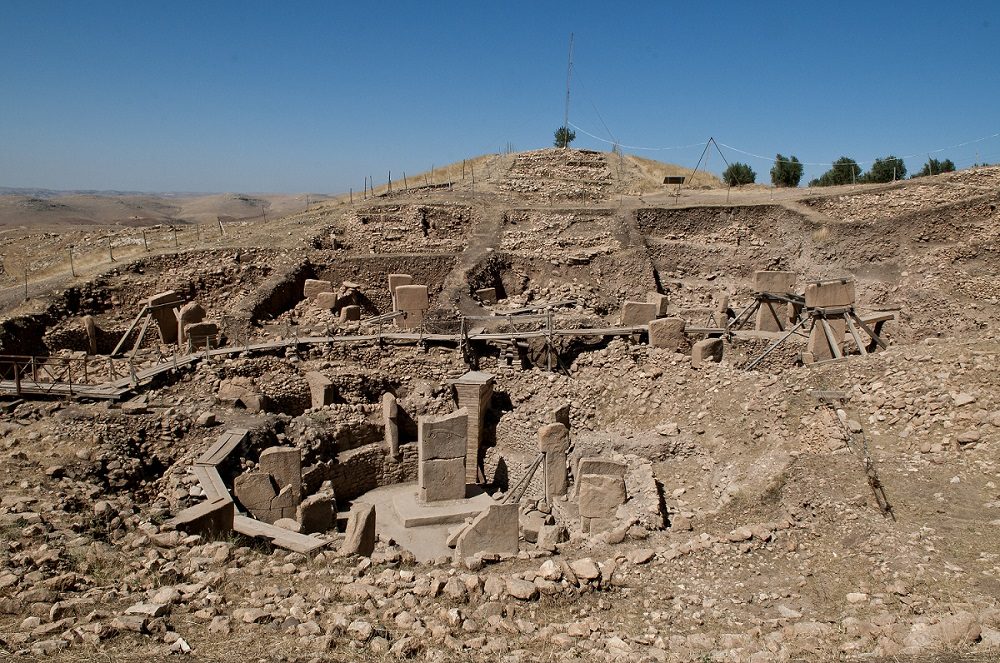
© Wikipedia Commons
Any follower of
Catastrophism the last few years has seen extraordinary confirmations of ancient cataclysm and novel contributions to our way of thinking. To the Tusk, three revelations have characterized the period: The discovery of
an extraordinarily youthful late Pleistocene crater in Greenland; a series of
popular, comprehensive and unrefuted major journal articles which exquisitely
defined hard evidence for the Younger Dryas impact catastrophe; and the singular contribution of Dr. Martin Sweatman, as made in his fabulous book,
Prehistory Decoded.Dr. Sweatman has done our planet and history a tremendous favor by writing Prehistory Decoded. By employing the hard science of probability, he has managed to demystify the world's very earliest and most mysterious art.
Prehistory Decoded begins by documenting Sweatman's initial discovery,
reported worldwide in 2015, of an empirical method for
decoding the world's first art using pattern matching and statistics. Guess what? The code is a memorial and date stamp for our favorite subject here: the Younger Dryas Catastrophe, and its associated
Taurid meteor traumas.
Sweatman has managed to produce a synthesis explanation for the previously indecipherable succession of artistic animal figures at Gobekeli Tepe in Turkey,
Chauvet Cave in France,
Lascaux Cave in France, and
Çatalhöyük in Turkey, among others.
Unsurprisingly to the open minded, the ancient artists are communicating using a universally handy and persistent reference set: Stars. Or, more precisely, the appearance of constellations as adjusted over time according earth's precession.(Don't you love the internet? One hyperlink and no need to explain all that!)
It seems reasonable then to the Tusk that, if there were a code, someone, somewhere, would break the code soon given the global availability and
intense interest in the information. In fact, if I waited much longer without someone cracking it, the Tusk may have become convinced the oldest art is simply stunning cave paintings, and heavy carved rocks, with no relevant common narrative (other than horses are pretty, and moving rocks is cool).
Comment: NASA's new aurora experiment colors the sky in Norway